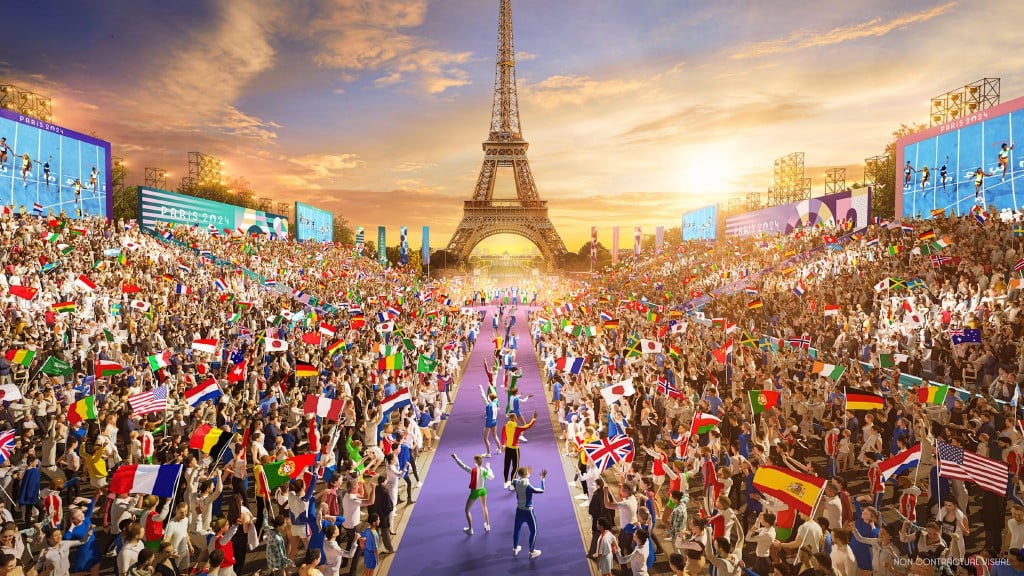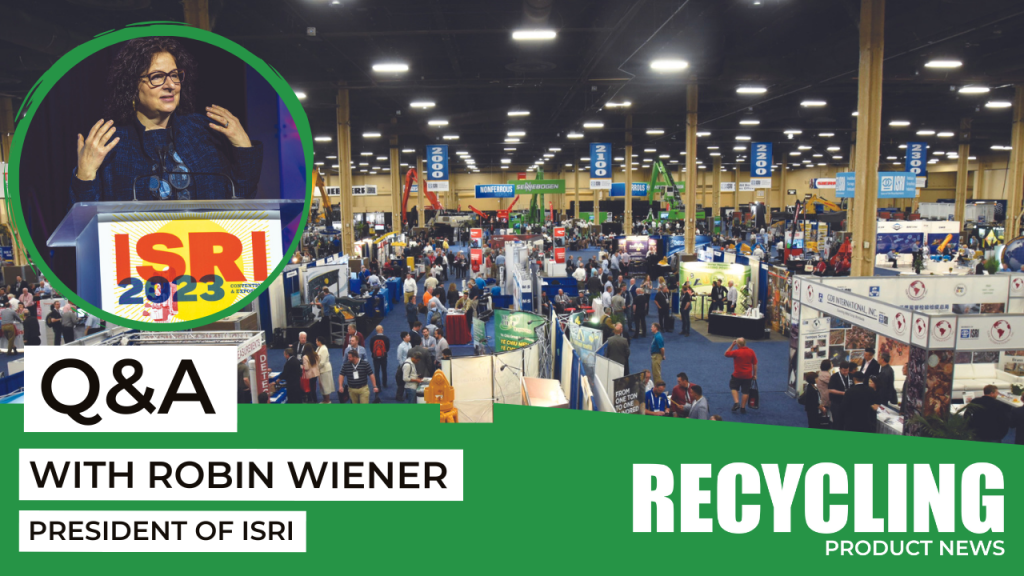
Paris 2024 has unveiled the first results of its circular economy strategy. The strategy is based on three key principles: organizing the games with fewer resources, making better use of these resources by promoting eco-design, and ensuring the second life of resources after the games. Paris 2024 has proposed a more responsible model for all the facilities: thinking about their post-games life before the competition even starts.
Assessing the material footprint of the games
Spectator seating, tents, beds, chairs, tables, tennis balls, shuttlecocks, flags, bibs, etc. Organizing the Paris 2024 Olympic Games requires a large amount of equipment and many resources.
As with its carbon footprint, Paris 2024 wanted to calculate its "material footprint" in advance of the event, i.e. the sum of the weight of all the resources mobilized. Venue by venue, Paris 2024 produced a detailed map of the resources needed to organize the event to reduce and pool resources and control their life cycle before, during, and after the event.
To obtain its supplies, Paris 2024 applied a responsible purchasing strategy of which the circular economy is one of the pillars. Paris 2024 has given preference to suppliers who:
- Adopt an eco-design approach to their products and services,
- Give priority to equipment hire and long-life products,
- Use lower-impact raw materials such as recycled materials or production offcuts,
- Are committed to certification processes,
- Offer solutions for the second and end-of-life of products (re-use, re-cycling),
- Minimize the use of packaging and promote reusable or recyclable packaging.
Thanks to the responsible purchasing strategy, 90 percent of the six million resource elements used will be deployed and taken over by the games' service providers and partners, who manage a large proportion of the services required to organize the event. The remaining 10 percent of resources will be under the direct responsibility of Paris 2024.
Organizing an event with fewer resources
At the time of the bid, Paris 2024 proposed a concept for a more responsible Olympic Games that capitalized on 95 percent of existing infrastructure or temporary venues, to build less and mobilize fewer resources.
This principle of reducing resources is also reflected in the interior design of the 40 or so competition and non-competition venues. Tents, chairs, computers, sports equipment, signage, and more, Paris 2024 has questioned and pooled its needs whenever possible. This approach has enabled to reduce the number of items of furniture from 800,000 to 600,000.
In addition to reducing its needs, Paris 2024 has given preference to hiring rather than buying from event organizers. Of the two million items of sports equipment, three-quarters will be hired or made available by sports federations. Seventy-five percent of electronic equipment, such as televisions, computers, and printers, are also hired rather than purchased. All of the stands, tents, and bungalows used will be hired rather than purchased.
Paris 2024 has also committed to reducing single-use plastic by 50 percent compared to London 2012. This will be achieved by using returnable, recycled, and reused containers. To achieve this, Coca-Cola will install drink fountains where the configuration of the venue allows, reducing the use of plastic bottles.
Making better use of resources
Paris 2024 worked with its partners and service providers on the second pillar of its circular economy strategy: promoting an eco-design. With respect to dressing competition and non-competition venues, installing signage or furnishing spectator, athlete and volunteer areas, the eco-design approach to products has been a key evaluation criterion in Paris 2024's calls for tenders.
For the flooring for the handball, volleyball, and sitting volleyball events, as well as wheelchair basketball, wheelchair rugby, goalball, and boccia, Paris 2024 chose Gerflor and a French company specializing in floor coverings. The 33,466 square metres of sports flooring will contain an average of 35 percent recycled materials and will be 100 percent recyclable.
To furnish the competition venues, the Athletes' Village and the Media Village, RGS Events has sourced furniture from companies in the social and solidarity economy sector, with the support of the Les Canaux association as part of the SSE 2024 programme. The athletes' areas will feature coffee tables made from recycled shuttlecocks, poufs made from parachute canvas, and chairs made from recycled bottle tops. As for the athletes' beds, Airweav has chosen to manufacture the base frames in France from 100 percent recycled cardboard and to recycle them in France after the event.
100 percent second life for temporary infrastructure, furniture, and equipment
To ensure that the resources mobilized for the Olympic Games do not become waste, but can be reused, Paris 2024 thought about the second life of material assets before the event. As with eco-design, Paris 2024 has chosen suppliers who incorporate second life into their products.
For example, Sodexo Live! will ensure the second life of the 35,000 plates in the Athletes' Village restaurant, produced without a logo to facilitate their re-use. Also in the Athletes' Village, Saint-Gobain has developed partitions that can be reused to convert athletes' rooms into housing or to be reinstalled on other sites. Materials and temporary structures (tents, stands, and bungalows) will be reused or recycled.
The second life of the event facilities also involves the legacy left by such facilities to the regions and the world of sport. In particular, the organizing committee has decided to bequeath the temporary swimming pools used during the Games to the Seine-Saint-Denis region so that they can benefit the local population. Myrtha Pools will reinstall the Paris La Défense Arena temporary pools in Nanterre in the areas of Sevran and Bagnolet/Est Ensemble.


